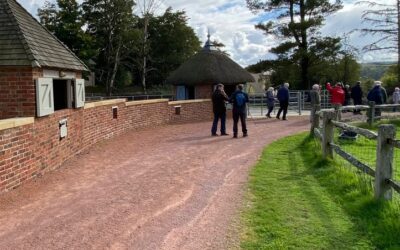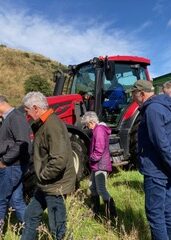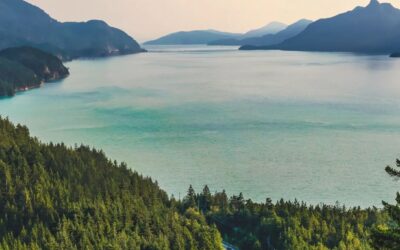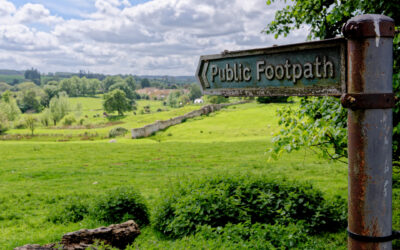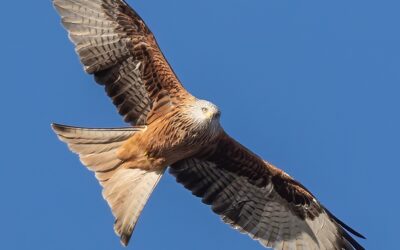Scotia Club visits the Tarras Valley Nature Reserve, June 2024.
The Tarras Valley largely lies to the east and north of Langholm in Dumfries and Galloway; the Tarras Water flows into the River Esk just south of Langholm.
For many years Langholm had a significant textile industry (the Edinburgh Woollen Mill was founded there). As that industry declined the community faced a range of challenges and in response the Langholm Initiative Community Trust was born (The Langholm Initiative Community Development Trust). That was more than 25 years ago.
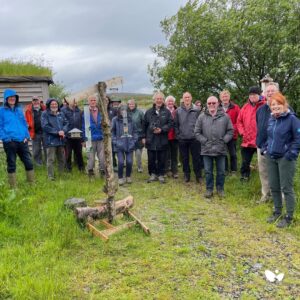
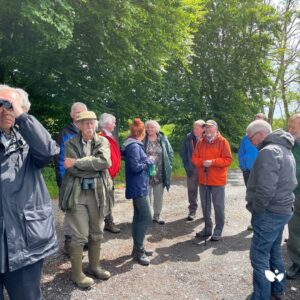
Land Ownership & Cultural Significance
Much of the land around Langholm, including the Tarras Valley, has been owned by Buccleuch Estates for generations. For over 250 years the annual Common Riding marked the boundaries and the local community has deep cultural connections with Langholm Moor.
What a surprise then, when, in May 2019, Buccleuch Estates announced the sale of Langholm Moor, including the Tarras Valley. With few immediate resources, and after extensive local consultations, the Langholm initiative agreed to take forward a fundraising campaign on behalf of the community. The challenge was to raise over £6m to buy 10,500 acres of this very special landscape. Within six months they had raised enough (£3.8m) to buy the first tranche of 5200 acres which, legally, transferred into community ownership in March 2021. Further crowdfunding appeals and additional grants (and sympathetic help from Buccleuch Estates) allowed the other 5,300 acres to be bought for £2.2m.
The Langholm Community now owns, and has responsibility for, 10,500 acres of Langholm Moor and has begun to create The Tarras Valley Nature Reserve (Homepage – Tarras Valley Nature Reserve).
Visit by Scotia members
This was what members of the Scotia Club came to see on a generally fine, though somewhat cool, 4th of June, 2024. The visit began with a presentation from Angela Williams (Development Manager) and Jenny Barlow (Estate Manager) in the Eskdale Hotel in Langholm. They emphasised the challenge and importance of establishing the reality of Community ownership in the minds of community members and the first steps that are being taken to deliver a Nature Reserve of which to be proud. The three threads of People, Nature and Climate form the basis of the goal of sustainability for the whole project and for the land on which it is located.
“It’s now our responsibility.”
Angela Williams, Jenny Barlow – on community ownership
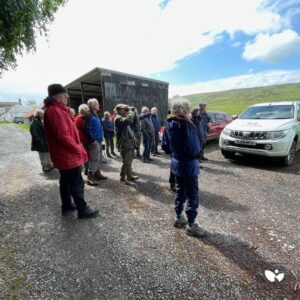
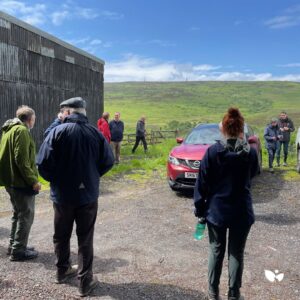
There are seven dwellings on the Reserve, one a working sheep farm. Areas of peatland have been degraded through historical drainage; a programme of restoration is well underway to block the old drains and allow the peat to retain water again. Residual Sitka Spruce plantations are being harvested for replanting with broadleaved species. Teams of volunteers have been active in trying to limit natural regeneration of Sitka. Public access is being encouraged with opportunities for walking, observing wildlife and ‘dark skies’ events. The great challenge, of course, is how to achieve long-term sustainability without the need to rely on grant support.
We visited two sites in the afternoon to see some of the scale and state of the reserve. As usual the Scotia members had a host of questions and some suggestions. What to do with unoccupied buildings? How to make an upland sheep farm sustainable in the long term? Where to find income streams to replace initial grant support? The ambition and resourcefulness of the team that has secured the land for the community and is beginning to enact a long-term plan is greatly to be admired. Good fortune to the team as they strive for a sustainable future. A return visit when more progress has been made would be welcomed.
Report of visit written by John Oldham

